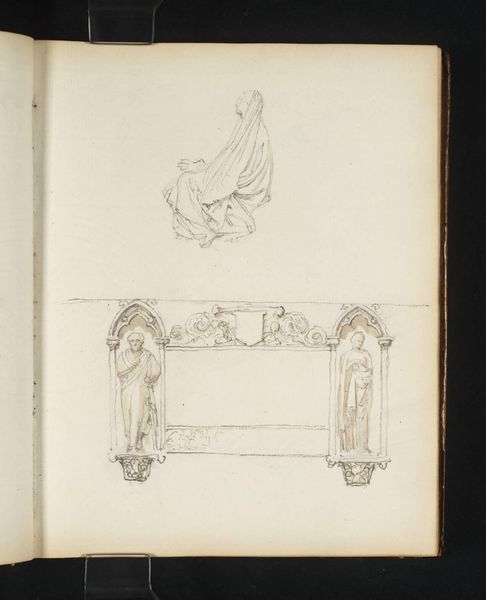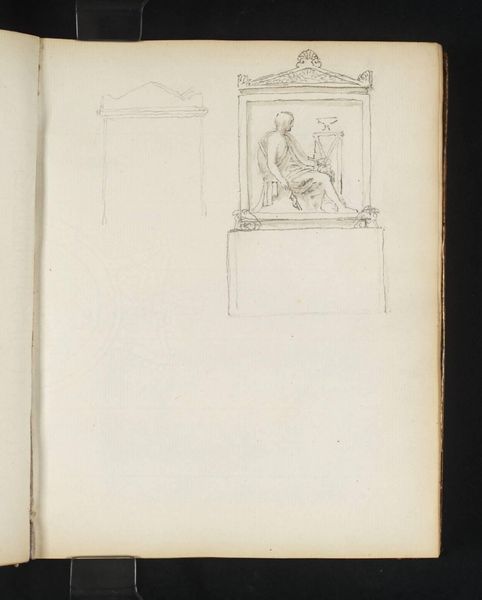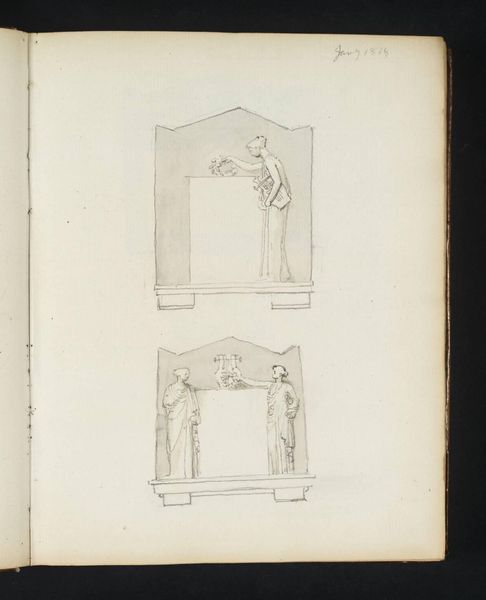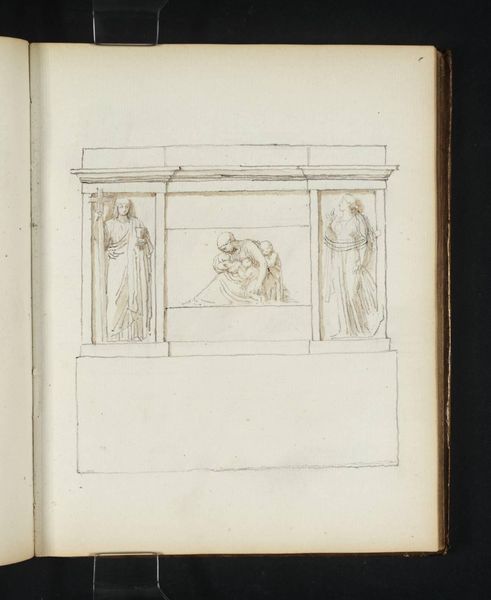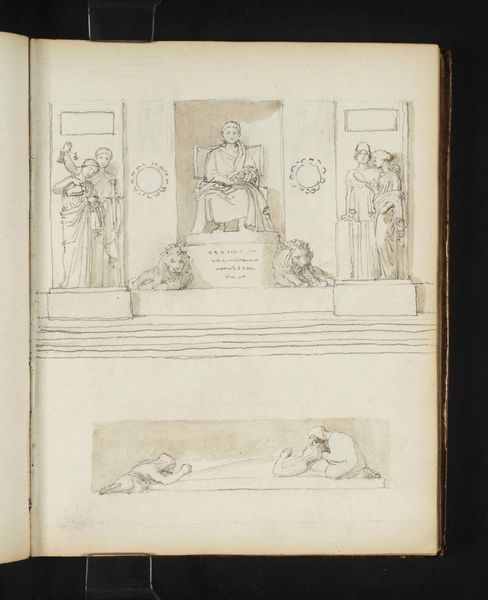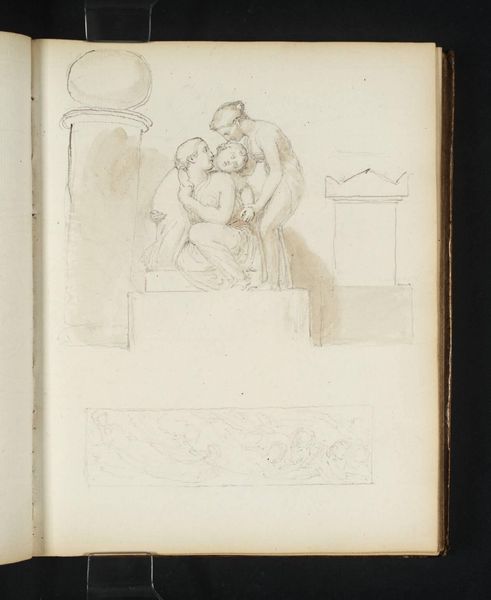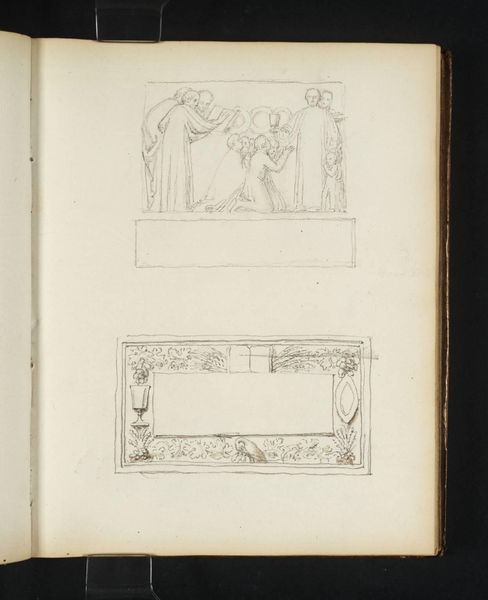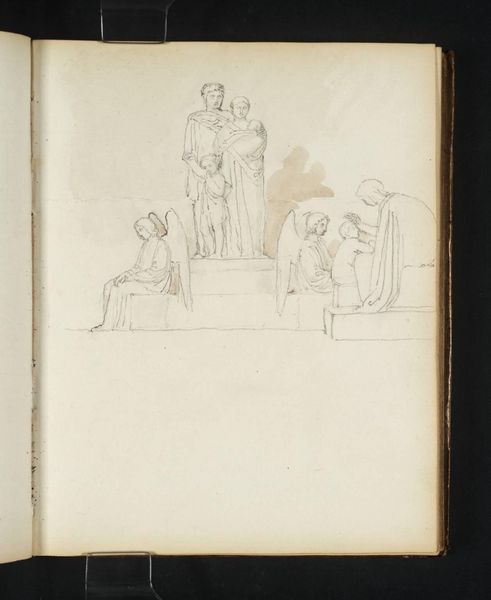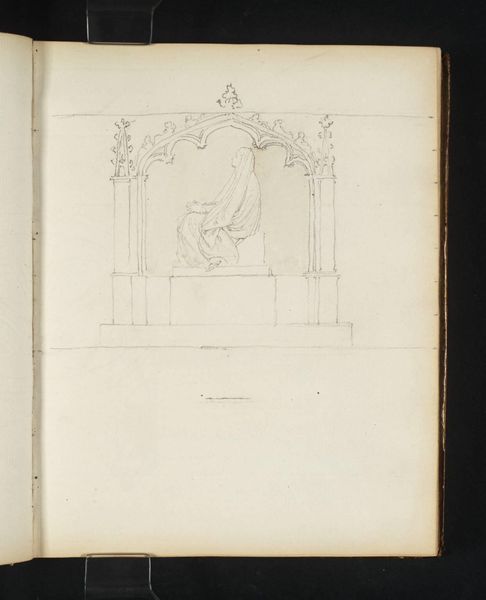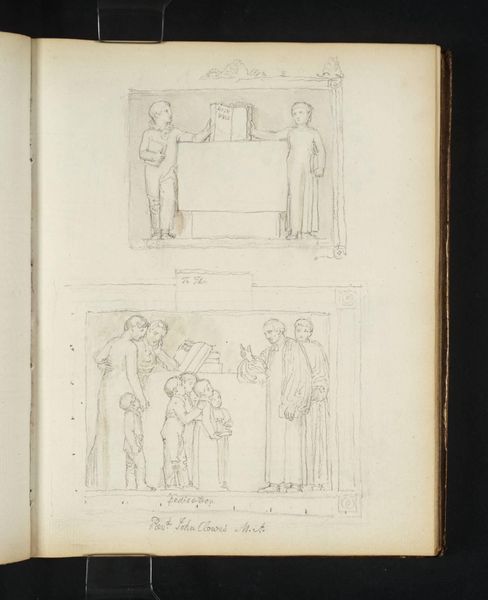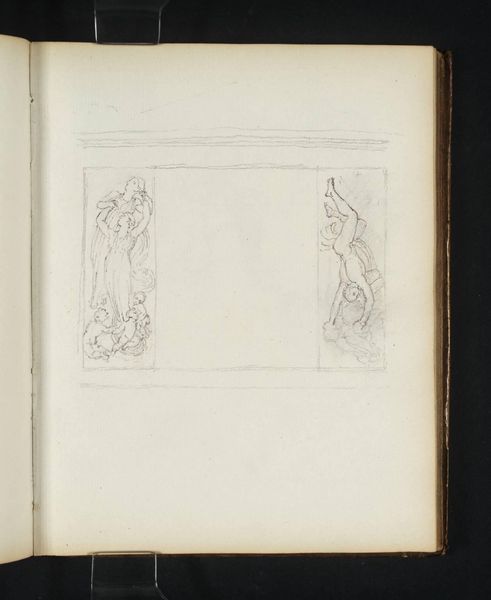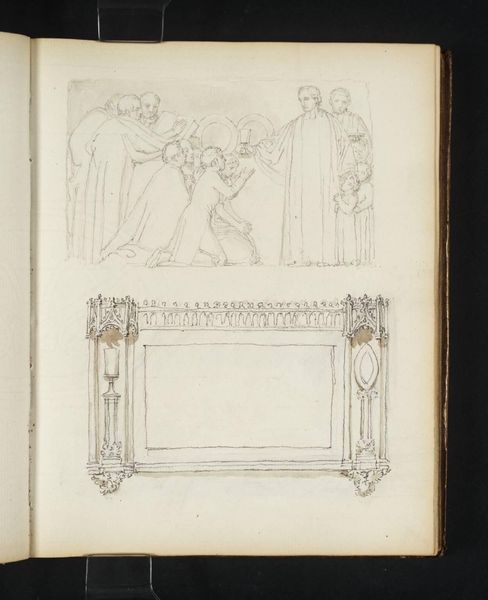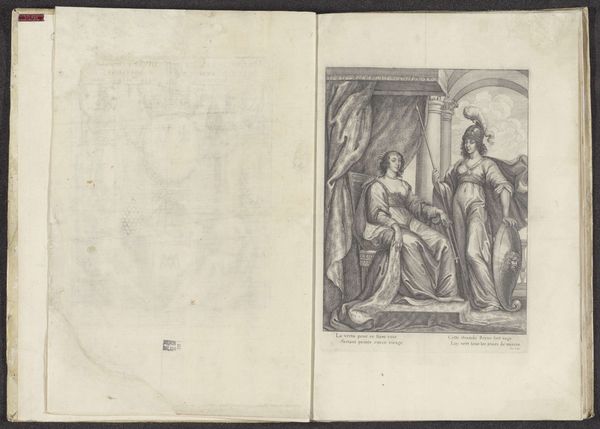![[title not known] by John Flaxman](/_next/image?url=https%3A%2F%2Fd2w8kbdekdi1gv.cloudfront.net%2FeyJidWNrZXQiOiAiYXJ0ZXJhLWltYWdlcy1idWNrZXQiLCAia2V5IjogImFydHdvcmtzLzBjNmY2MmZlLWUzZGQtNDljZC04YmE2LTQxMWY0MGI1ZTg5My8wYzZmNjJmZS1lM2RkLTQ5Y2QtOGJhNi00MTFmNDBiNWU4OTNfZnVsbC5qcGciLCAiZWRpdHMiOiB7InJlc2l6ZSI6IHsid2lkdGgiOiAxOTIwLCAiaGVpZ2h0IjogMTkyMCwgImZpdCI6ICJpbnNpZGUifX19&w=3840&q=75)
Dimensions: support: 198 x 157 mm
Copyright: CC-BY-NC-ND 4.0 DEED, Photo: Tate
Editor: Here we have a sketch by John Flaxman, from the Tate Collections. It's a delicate pencil drawing with religious undertones. What strikes me is the repetition of figures in different poses; it looks almost like studies on one page. How would you interpret this work? Curator: Flaxman’s sketches reveal the 18th-century fascination with classical forms and the role of the artist in shaping public morality. These figures, reminiscent of reliefs, reflect a broader movement towards Neoclassicism, impacting art and political imagery. Do you see how this aesthetic connected to the era's ideals? Editor: I hadn't considered the political aspect, but it makes sense that the classical style would align with the era's values. Thanks for pointing that out. Curator: Flaxman's work shows us how artistic styles are intertwined with the social and political dialogues of their time, influencing the public's perception of virtue and order.
